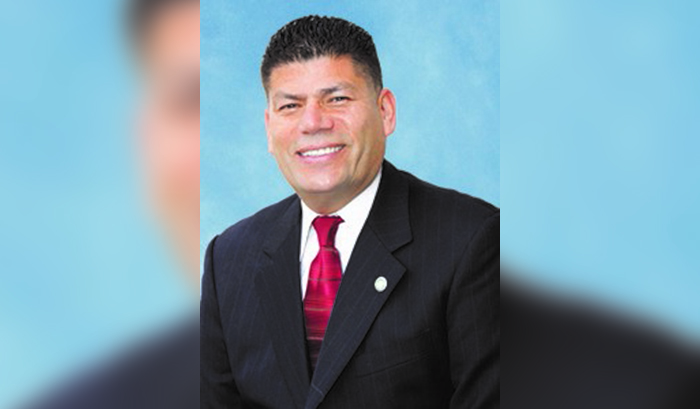First in a series
Re “Not Everyone at City Hall Is Broke. Fire Dept. Says Thanks a Million and a Half”
Now about that yawn-stifling million and a half dollars in overtime that the Fire Dept. rang up two years ago in a community that is busily promoting a half-cent sales tax increase on Nov. 6 to repair an $8 million budget deficit.
The huge overtime figure is not at all out of the norm, city officials have said, and today Chief Chris Sellers told the newspaper that he understands why $1.5 million in overtime charges would immediately arrest attention.
Enlarging on recent defenses of the department by City Manager John Nachbar and Mayor Andy Weissman, Mr. Sellers emphasized several convictions:
• “We are a lean department operating at 1970 staffing levels, 42 years ago.”
• “We are saving the city money.”
• Culver City’s so-called overtime tab of $1.5 million in a normal year represents 9 to 11 percent of its budget. However, departments in the surrounding area typically tilt toward 20 to 25 percent in overtime.
The fire chief’s opening remarks were strongly conciliatory.
“I will start by saying that I don’t blame you,” Mr. Sellers said. “I wouldn’t because I always have said, at first blush for people, when you look at it as an outsider looking in, it’s a large number.
“It would cause anybody to scratch his head and say, ‘That’s an obvious place to make a cut.’ Or ‘the department is being mismanaged.’ Or ‘what is going on?’
“Rest assured it is a question that comes up frequently. Typically, we spend a lot of time when we get new City Council members. They ask those questions. New city managers oftentimes ask those questions.
Makes Sensational News
“It makes good headlines for papers. Every year, there tend to be articles in papers about salaries and stuff. Oftentimes it is focused on the Fire Dept., and what they’re calling overtime,” Mr. Sellers said.
“People’s salaries get posted, people get up in arms and the department spends time explaining.”
The chief, who is completing his 29th year with the department, said that once skeptics absorb the complexities of fire, its unique staffing requirements and allied complexities, “they understand, whether they agree or not.”
Before delving into the little-known concept of constant staffing and other sui generis practices, Mr. Sellers wanted to talk first about Culver City’s system.
“It’s important to have a perspective of where we are today,” he said. “The department has the same number of employees today, in total, 70, that we had in 1970, 42 years ago.
“A lot has changed in our business since 1970.”
That may be said with an exclamation mark.
Decades ago, as the American infrastructure underwent drastic safety changes, the department of fire shifted its focus from mainly fighting blazes to becoming a giant paramedic corps.
Of last year’s 4,048 emergency runs, 80 percent were paramedic related. About 6 percent, 77, were fire calls.
(To be continued)






